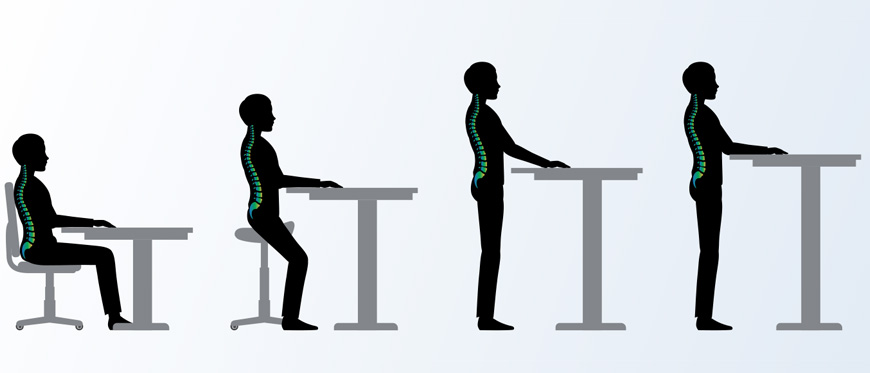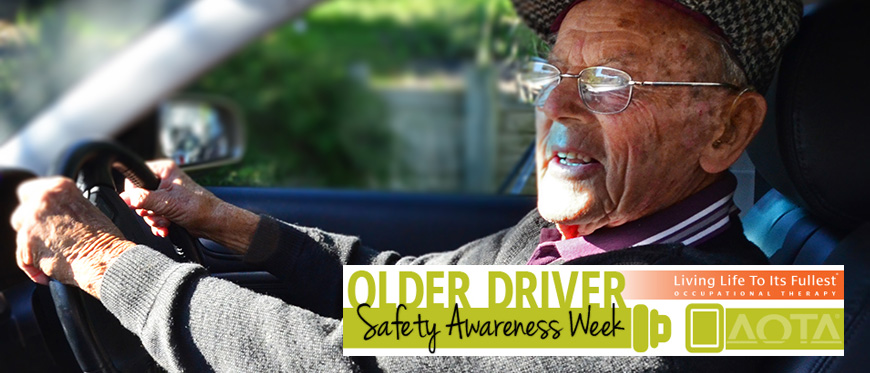Anyone who watches the news or reads the paper or magazines has probably heard about all of the studies that link sitting with health issues. Naturally, these studies would prompt anyone who sits for long periods of time to ask, “Should I stand instead of sit”?
Quick Quiz: Which of the following are risk factors for sitting and which are risk factors for standing?
- Diabetes
- Back ache/spinal compression
- Leg pain
- Heart/cardiovascular disease, increased risk of carotid atherosclerosis and increased risk of heart attack and stroke
- Obesity
- Muscle degeneration
- Impaired circulation with resultant swelling of the lower extremities
- Stiffness in the neck and shoulders
- Static muscle fatigue
Would you be surprised to know that research studies show that all of the above risk factors—with the exception of diabetes, obesity and muscle degeneration—are risk factors for both prolonged sitting and standing?
So, what is a worker to do? The ergonomics department at Cornell University has given the following advice for workers. Based on a 7.5 hour work day, factoring out for lunch and breaks (if you work a longer day, the math will be slightly different), a person should consider the following recommendation, as able:
Every 30 minutes you should:
- sit for 20 minutes,
- stand (or walk) for 8 minutes, and
- stretch for 2 minutes
This would equate to 5 hours of sitting, 2 hours of standing, 0.5 hours of moving through stretching, and 16 sit to stand transitions during this 7½ hour time frame. Some would argue that this is not enough movement or change in sitting time over the course of a 24 hour day, especially if you spend additional time commuting in a car, taking children to after school activities, or sitting in front of the TV, computer or other electronic devices once you get home.
If you are unable to make the recommended positional changes during the work day as described above, consider doing the following: take your breaks, including lunch, away from your desk.
In addition to this consider the “3 P’s” – posture, placement and pausing. Ask yourself these questions:
- How is my posture and how does it contribute to discomfort or fatigue?
- Are things placed in a logical place for me to access during the day, do they contribute to movement more than they do to awkward postures?
- Am I taking small pauses during my day to move or stretch in the opposite position that I have been in?
For more information and guidelines for getting more movement into your day, go to:
www.let’smovemore.gov (U.S. guidelines)





